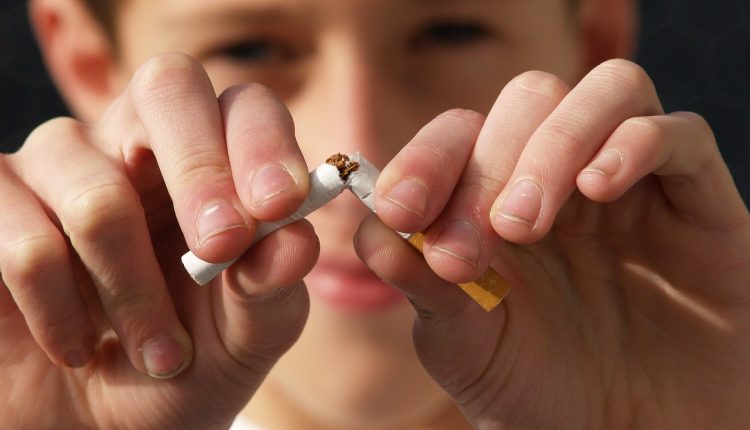
If you or someone you know is trying to break the smoking habit, here are some tips to get started:
1. Start slow
If you smoke a lot of cigarettes a day, like 10 to 15, it’s smart to start cutting down on them gradually, rather than all at once.
Lower your daily cigarettes by maybe three a week, and slowly ease yourself into not smoking any at all.
2. Substitute your smoking time with something else
If you usually only smoke during breaks at work as an activity to take time off work to relax, it’s best to forgo the smoking and replace it with a short walk or a conversation with a co-worker.
This is a much healthier and refreshing way to give you that recharge to get back to work.
3. Chew gum
This is the oldest tactic in the book to try and quit smoking, and also much worthwhile and a useful one.
Normal gum, and, especially, nicotine gum keeps your mouth occupied so that you don’t feel the need to put a cigarette in it.
4. Wear a nicotine patch
Nicotine patches are used in Nicotine Replacement Therapies. They can be worn on our skins and provide nicotine to our body in a process to help us wean off the addiction all together.
The patch provides a steady, controlled dose of nicotine throughout the day, thereby reducing the effects of nicotine withdrawal.
5. Out of sight, out of mind
Of course, it’s impossible to never see cigarettes again for the rest of your life.
However, for the first few months of quitting, it would be best to throw away any cigarettes, lighters, etc. in your house.
It’s also a good idea to ask your friends and family members to not smoke around you. And in fact, tell them that you plan to quit. Let them also support and encourage you.
6. Seek support
Apart from seeking support from your family and friends, one should also consider registering into behavioural support groups. Having others on the same journey as you can be a motivator.
Moreover, emotional and not just physical dependence on smoking can be challenging to overcome once you are on a journey to quit. So, to be able to tackle the dependence, try counselling and support services that can help you get through this time.
7. Medication
Medications, such as, Bupropion and varenicline are prescription medicines that can help with your cravings and withdrawal symptoms. However, consult your doctor before opting for them.
All of these tips, as well as discipline, determination and support from loved ones, will undoubtedly help you quit smoking.
Comments
Post a Comment